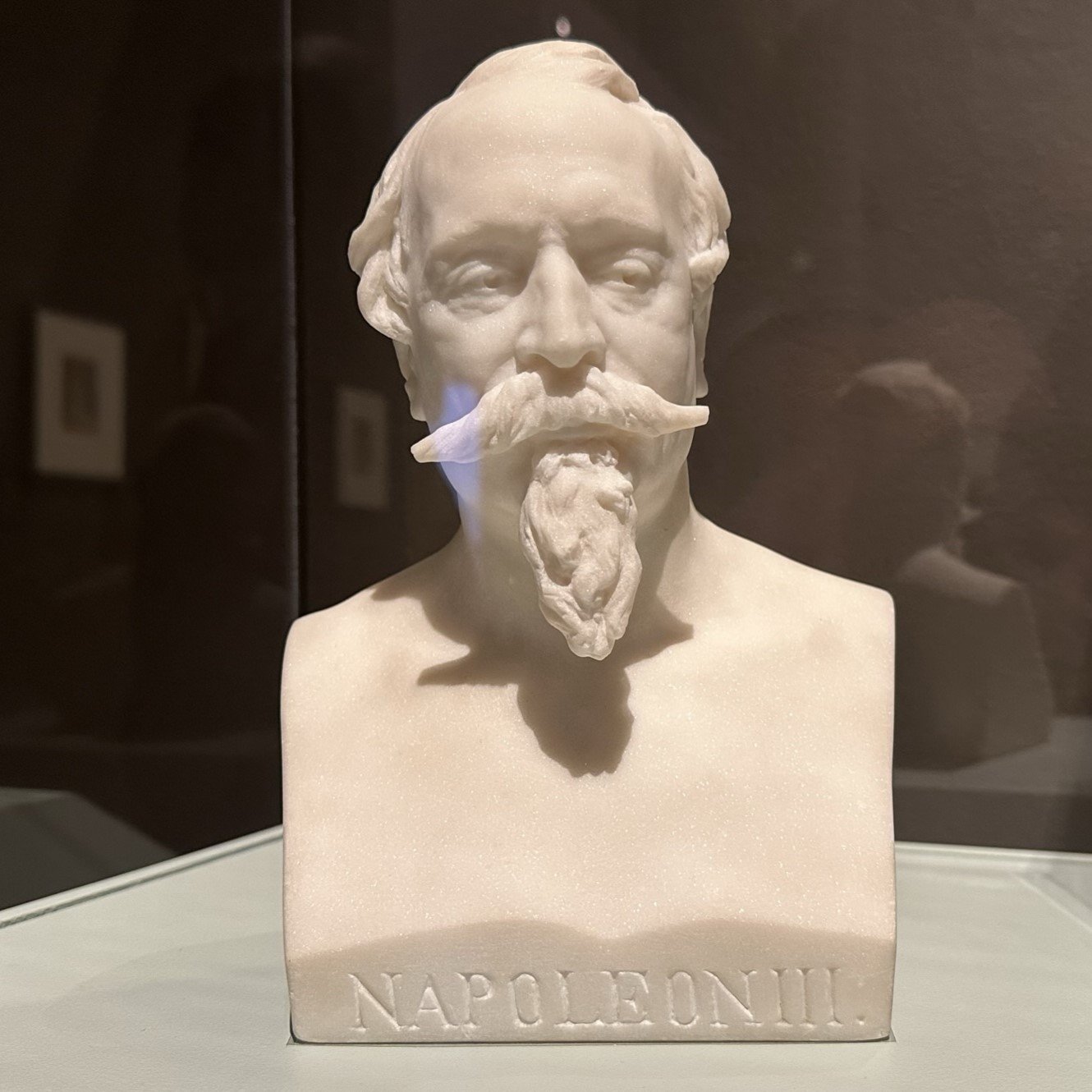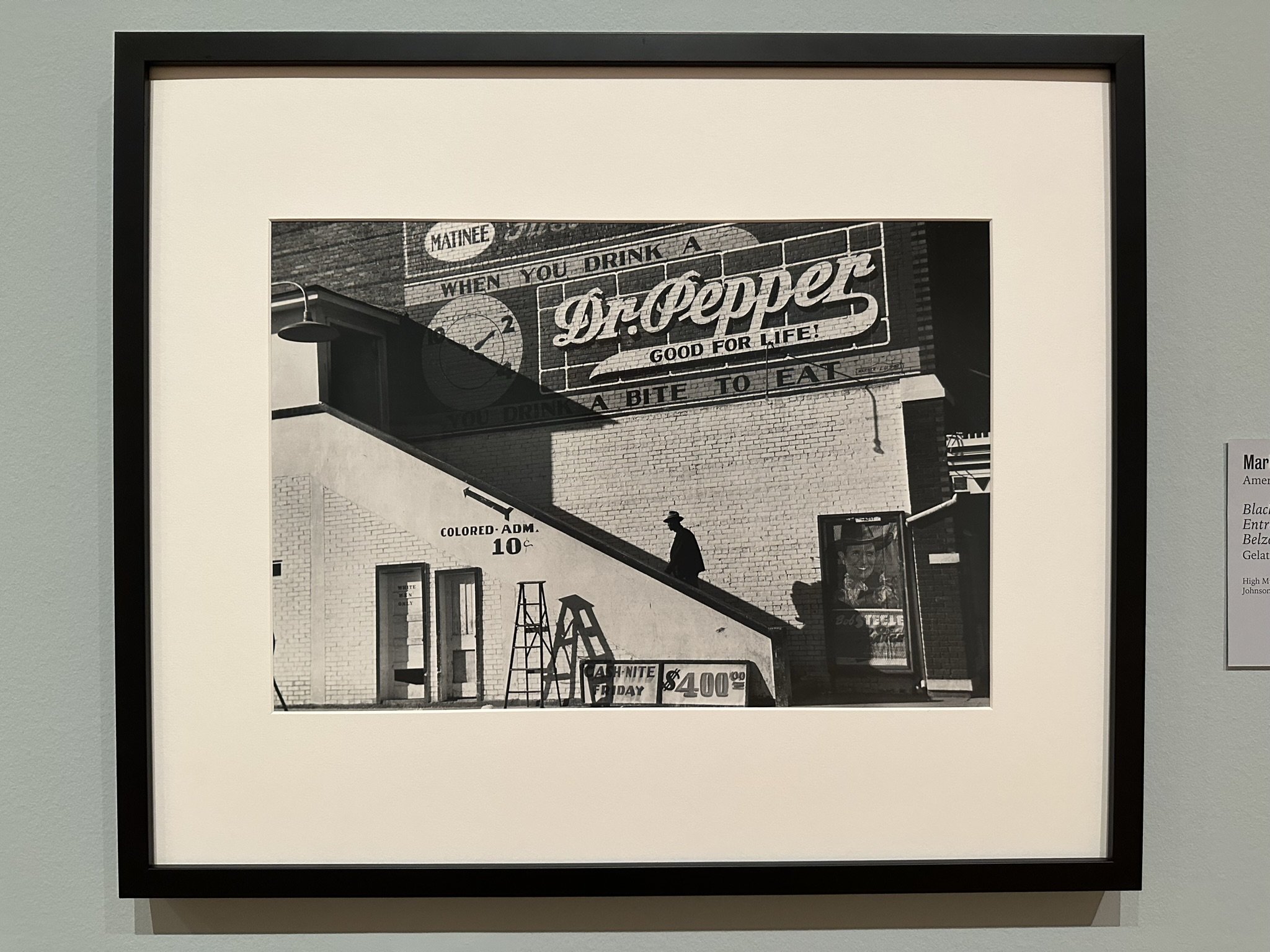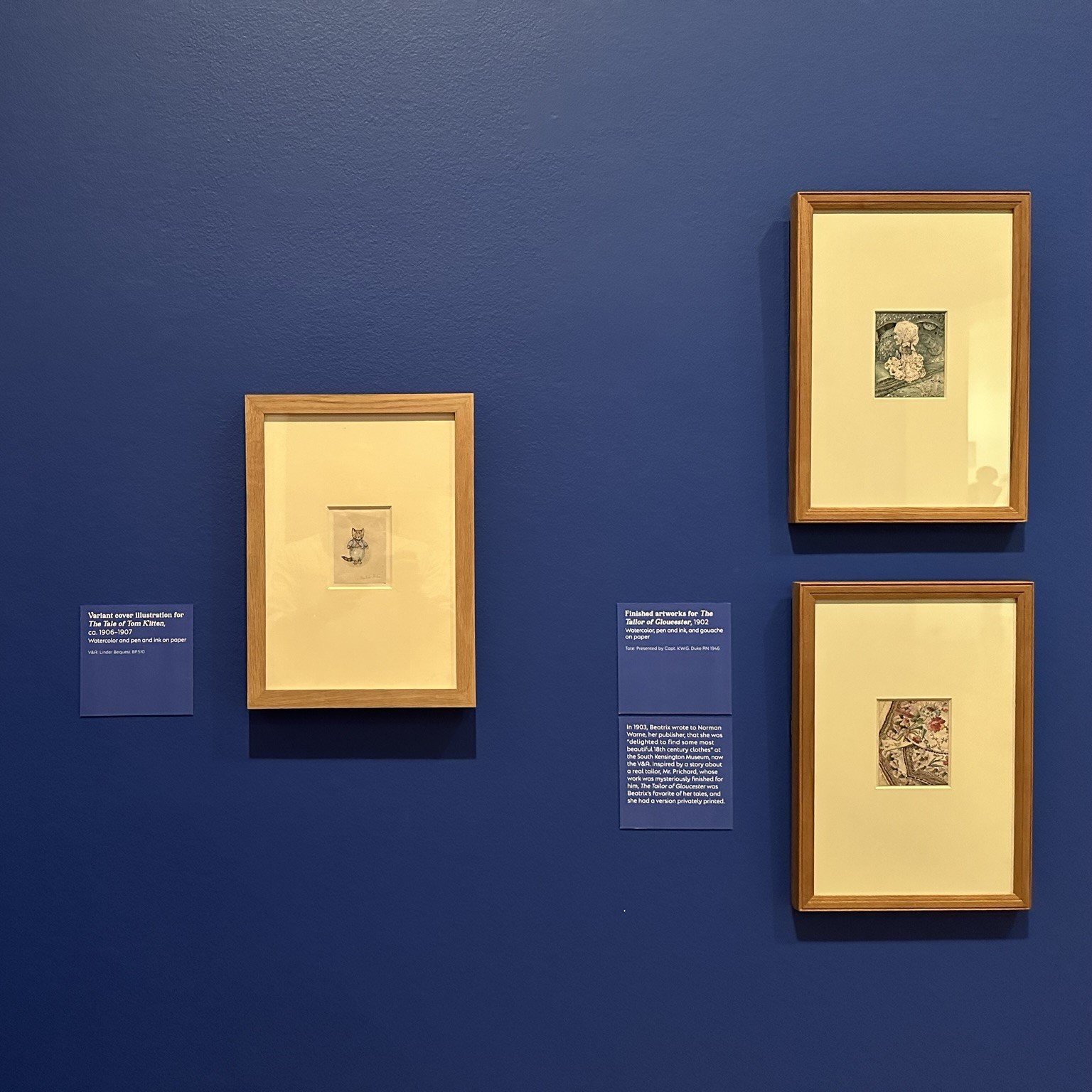Trio of Exhibitions Covering Victorian Period
The High Museum in Atlanta, Georgia is offering a trio of exhibitions with features from the Victorian era through the end of 2023. We appreciate the tremendous evolution in our culture and industry during the Victorian period so we’re fans of the period.
Here are brief comments on the exhibitions…
In the City of Light: Paris, 1850–1920
This exhibition is a diverse collection of images from Paris highlighting the evolution of fashion, architecture and art. It offers a broad range of pieces: advertisements, sculpture, photographs and a movie. The pieces give us a sense of changing life during the era.
ABOVE: The exhibition uses a series of explanation panels to provide detail and historical context to the images and other media in the exhibition. It’s very helpful to have the perspective.
ABOVE: This color lithograph by Eugene Oge in 1902 shows the cultural differences in Paris: the basilica of Sacre-Ceour developed by conservative politicians through public subscription is used in this advertisement for a liberal-progressive newspaper with an anti-clerical agenda.
ABOVE: The marble bust of Napoleon III above was sculpted by Jean-Baptiste Carpeaux in 1873. Napoleon III modernized Paris by adding boulevards we associate with Paris today.
ABOVE: The exhibition curator thoughtfully included a map of Paris showing the locations of many of the pieces in the exhibition so you get a sense of their relationship to one another and the city as a whole.
The exhibition occupies a few rooms so you can move through it quickly, even if you’re reading all of the descriptions and details presented. It’s a good size considering there are other exhibitions to see.
In the City of Light runs through December 31, 2023.
A Long Arc: Photography and the American South since 1845
This is exhibition is drawn from the High’s extensive photography collection. It’s a survey of images from the South so it includes people, culture, architecture and more while it’s also a study in the evolution of photography.
ABOVE: This image is John Horgan, Jr.’s albumen silver print of James Richardson’s Plantation in Jackson, Mississippi, 1892.
ABOVE: This image is Marion Post Wolcott’s gelatin silver print of Black Man Using “Colored” Entrance to Movie Theatre in Belzoni, Mississippi in 1939.
This is a large exhibition though there’s not as much supporting detail presented as the Paris exhibition… each image is worth a thousand words. You can move through it easily and at your own pace because it’s in large spaces which keep people from crowding the images.
A Long Arc runs through January 14, 2024.
Beatrix Potter: Drawn to Nature
This exhibition tells the tale of an inspiring woman who succeeded well beyond the story books read by or to millions of children. She was raised in the city yet remained fascinated with animals and the natural world.
ABOVE: Bring your glasses to this exhibition: you may be surprised by the modest size of her studies. The exhibits include pages on which she worked to refine characters in her story. It’s helpful to see the work she did to prepare and present her stories.
ABOVE: This is a variation for the cover art of The Tale of Tom Kitten in pen, ink and watercolor by Potter. It’s a closer view of the framed piece on the left in the preceding image.
ABOVE: The act of drawing, painting, etc. forces a detailed study and hopefully an understanding of the subject. Potter was a very talented artist, adept at drawing what she studied. She became very highly respected for her studies of nature, especially mushrooms, in the scientific community.
This exhibition is designed to include children. There are exploratory elements like pull-out drawers and magnifiers for children to use. There’s also a children’s area at the end.
The exhibition is multiple rooms though it’s also easy to move through because of its scale.
Beatrix Potter runs through January 7, 2024.
Accessing the Exhibits
Admission to the High Museum provides access to all of these exhibits. There’s on-site parking, the cost of which is included in a membership. There’s also an on-site restaurant and food available in the museum.
You may find that a membership is a less-expensive option if you plan to return more than once in a year. As these exhibits will be replaced in early 2024, a membership will allow you to visit their successors.
You may already have a membership that provides access to the High Museum. The High Museum participates in the North American Reciprocal Museum (NARM) Association. If you don’t have a museum membership then a membership at the High Museum can open doors across North America!
Don’t Forget to Look Up!
The campus of the High Museum includes the 1983 building by Richard Meier fronting on Peachtree Street and additional projects behind it. The 30” by 30” metal panels used on the Meier building housing the Paris exhibit is intended to help the modern style relate to a human scale.
ABOVE: Richard Meier’s design sits closest to Peachtree Street with additions to the museum directly behind and to the left of the initial building.
Meier was awarded other important commissions, including the Getty Center in Los Angeles, following his work in Atlanta.
The building containing the Potter exhibit is the most recent. It was designed by Renzo Piano. As you move between exhibitions, see if you can spot how Piano brings natural light into the top floor without allowing it to overwhelm the space.
ABOVE: The light wells in the latest addition by Renzo Piano face north so they only provide indirect light.
ABOVE: You can see the shapes for the light wells from the outside of the building too. This view is looking up to the front of the building while standing in the courtyard outside the museum entrance and gift shop.
Architects encourage others to look up. Look up from your phone or other distractions to see the people, city and architecture around you. We hope you enjoy exploring the buildings of the museum campus.
Leave a comment below to let us know your thoughts: Would you like to visit one of more of these exhibitions? Have you visited the museum before? Have you already seen these exhibitions?
COMMENTS: We’ve enabled comments for this post to encourage discussion and learn from you. Please review and adhere to the blog comment policy in our Terms of Service if you want your comment to be posted. Requirements include no anonymous posts (first name and last initial is fine). Please include your email address - your email address will not be displayed or added to our email list. All comments are moderated - they will not appear immediately.











